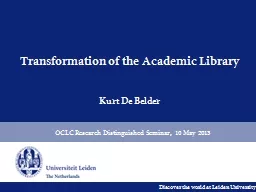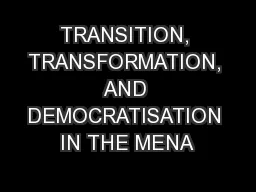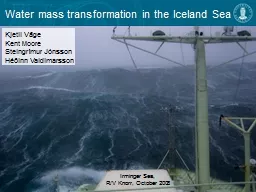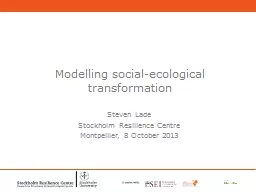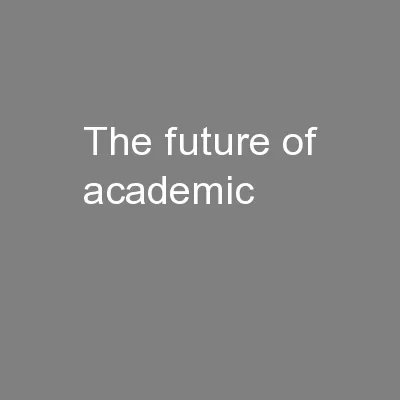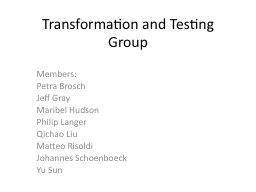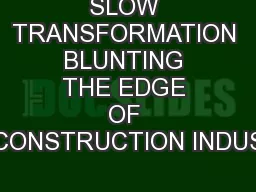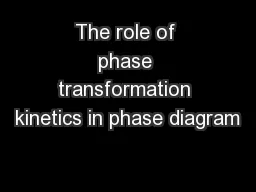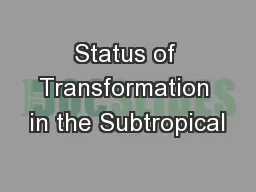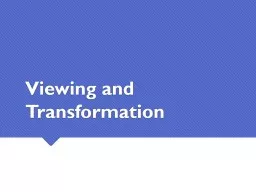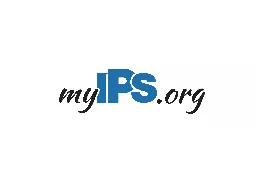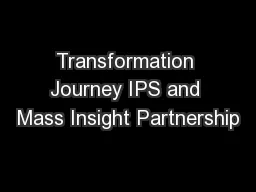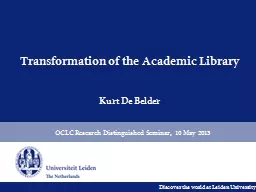PPT-Transformation of the Academic Library
Author : conchita-marotz | Published Date : 2015-09-25
Kurt De Belder OCLC Research Distinguished Seminar 10 May 2013 You never want a serious crisis to go to waste Things that we had postponed for too long
Presentation Embed Code
Download Presentation
Download Presentation The PPT/PDF document "Transformation of the Academic Library" is the property of its rightful owner. Permission is granted to download and print the materials on this website for personal, non-commercial use only, and to display it on your personal computer provided you do not modify the materials and that you retain all copyright notices contained in the materials. By downloading content from our website, you accept the terms of this agreement.
Transformation of the Academic Library: Transcript
Download Rules Of Document
"Transformation of the Academic Library"The content belongs to its owner. You may download and print it for personal use, without modification, and keep all copyright notices. By downloading, you agree to these terms.
Related Documents

